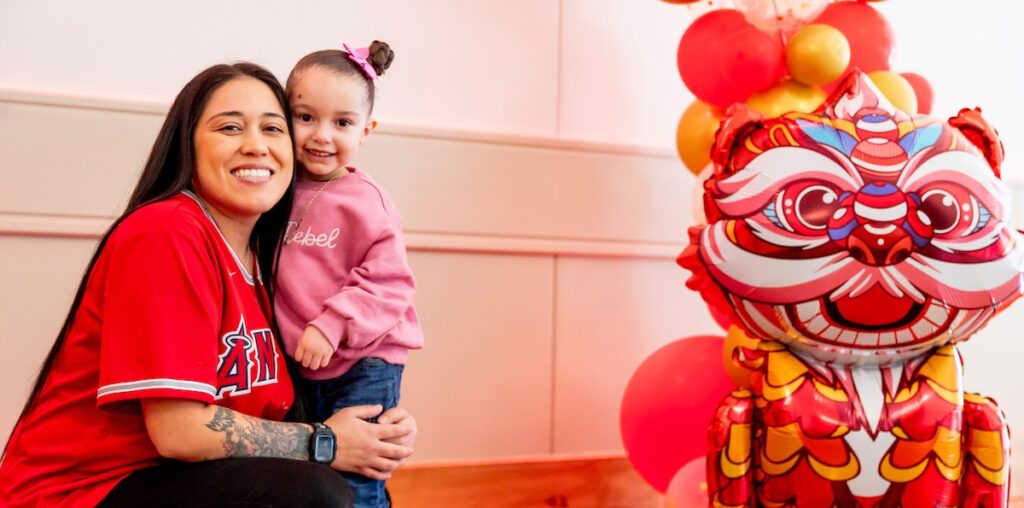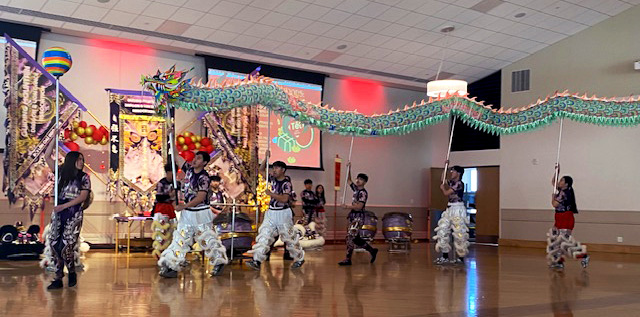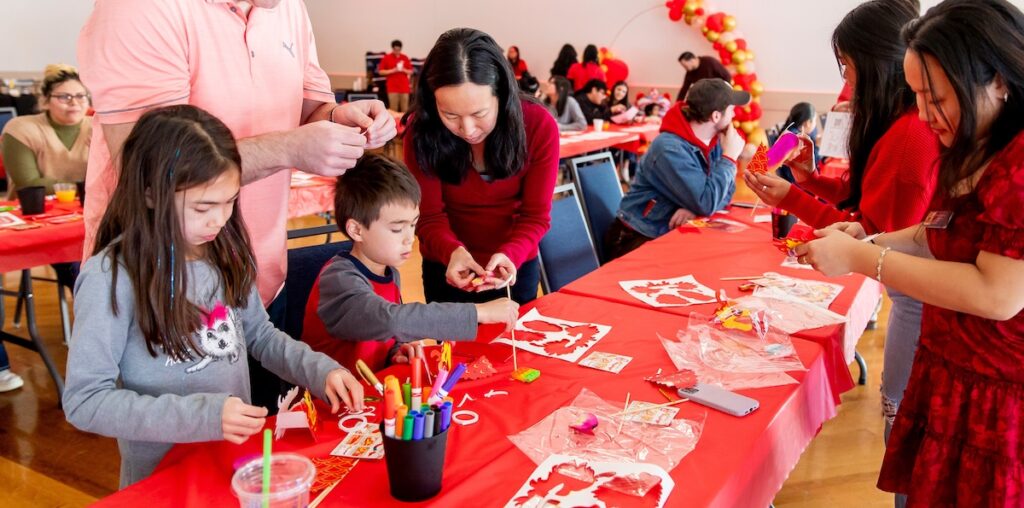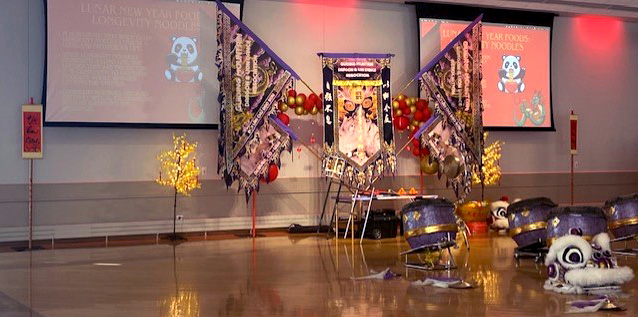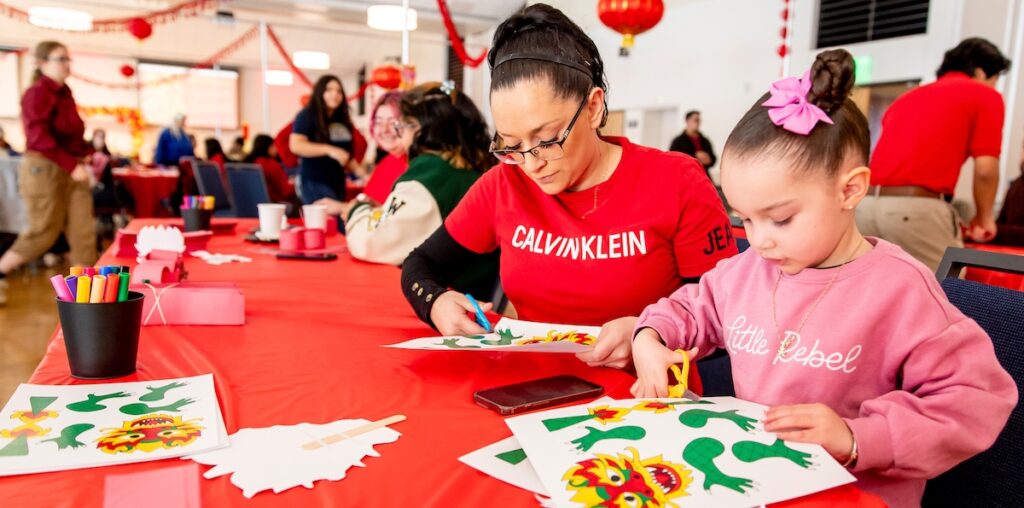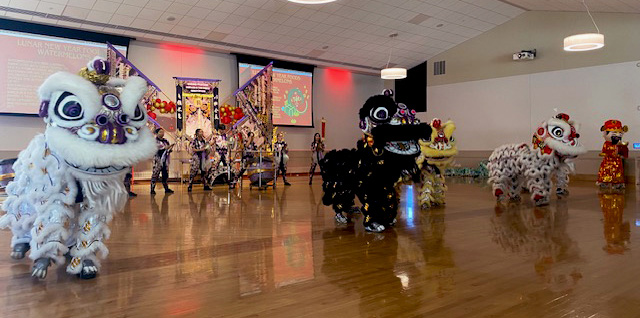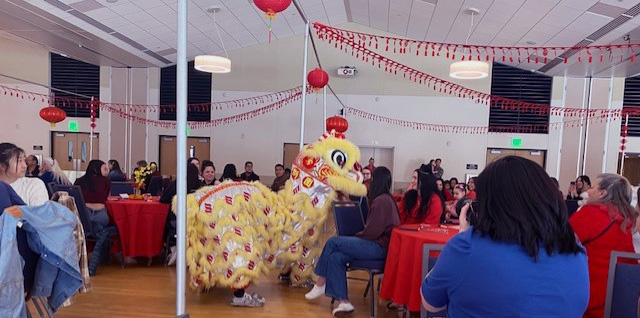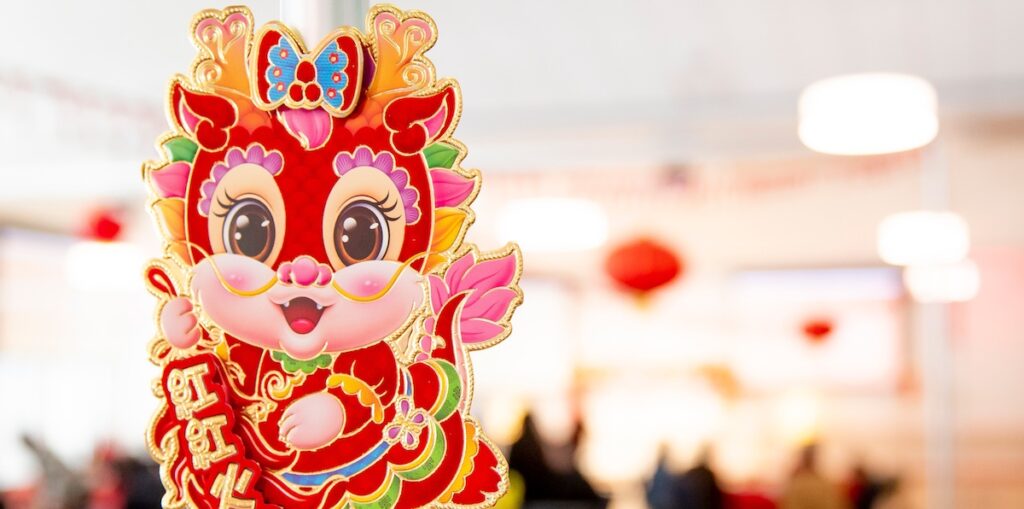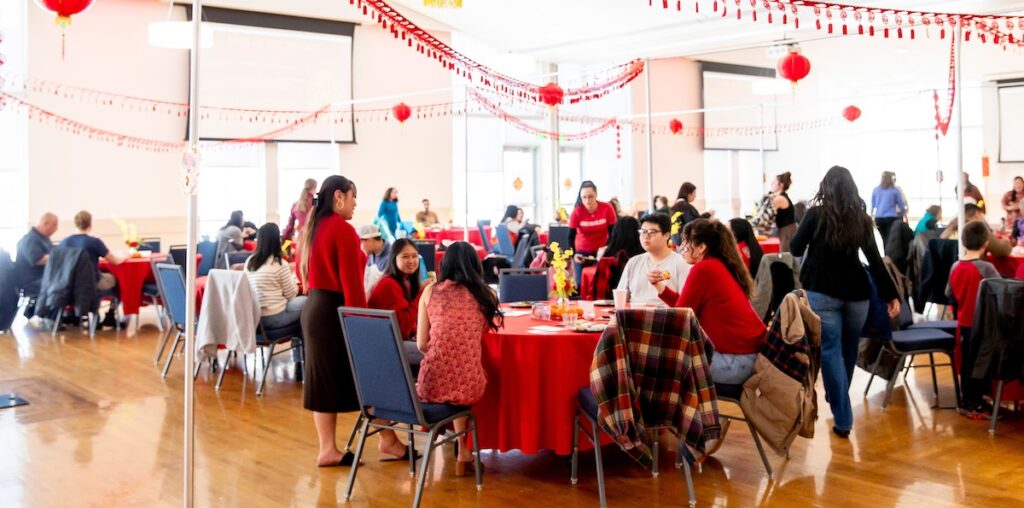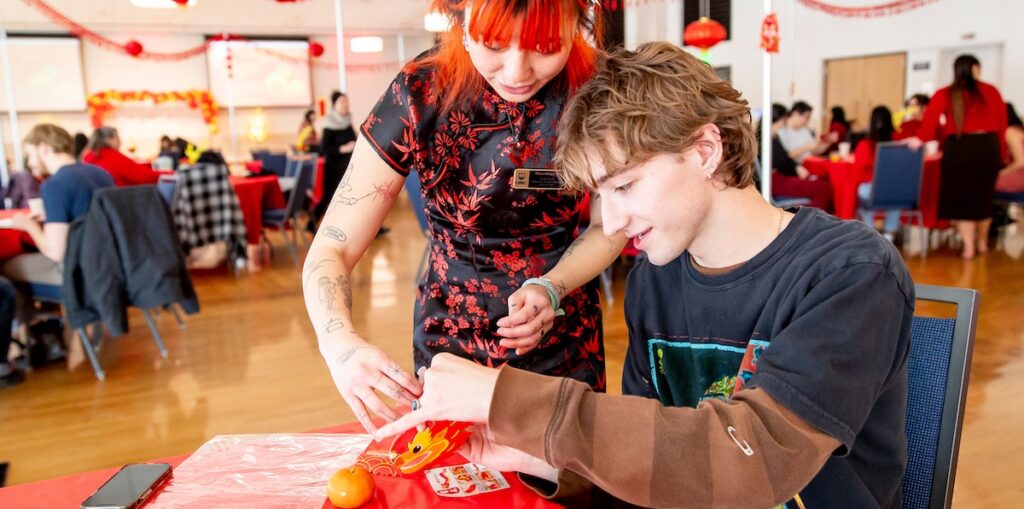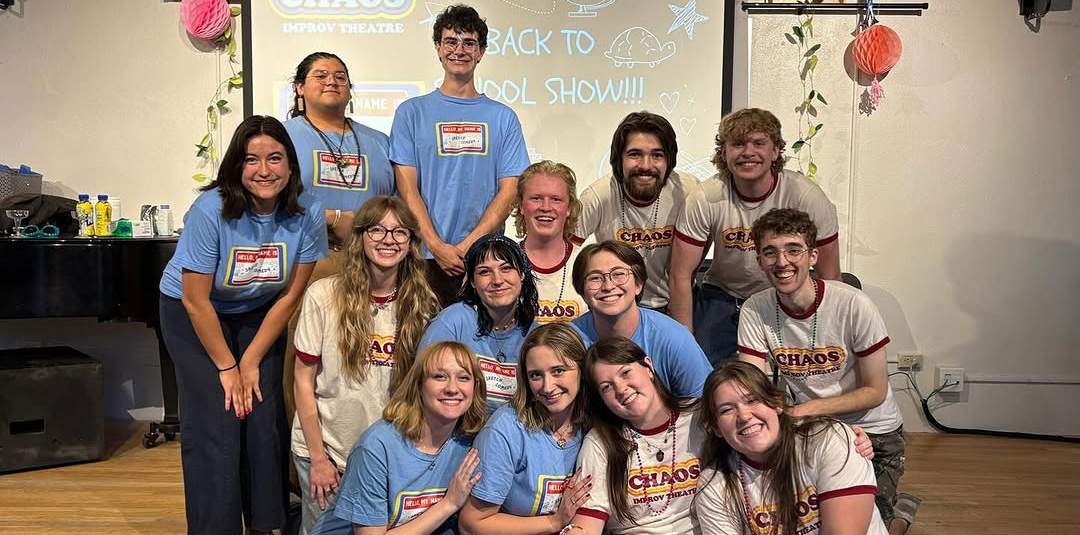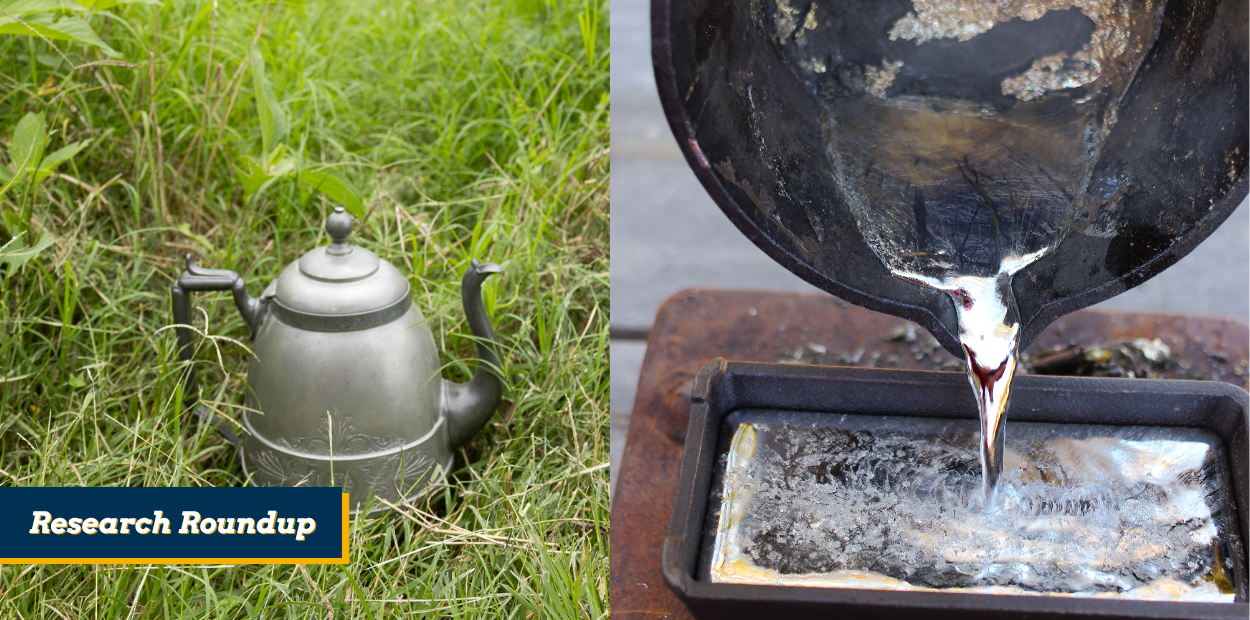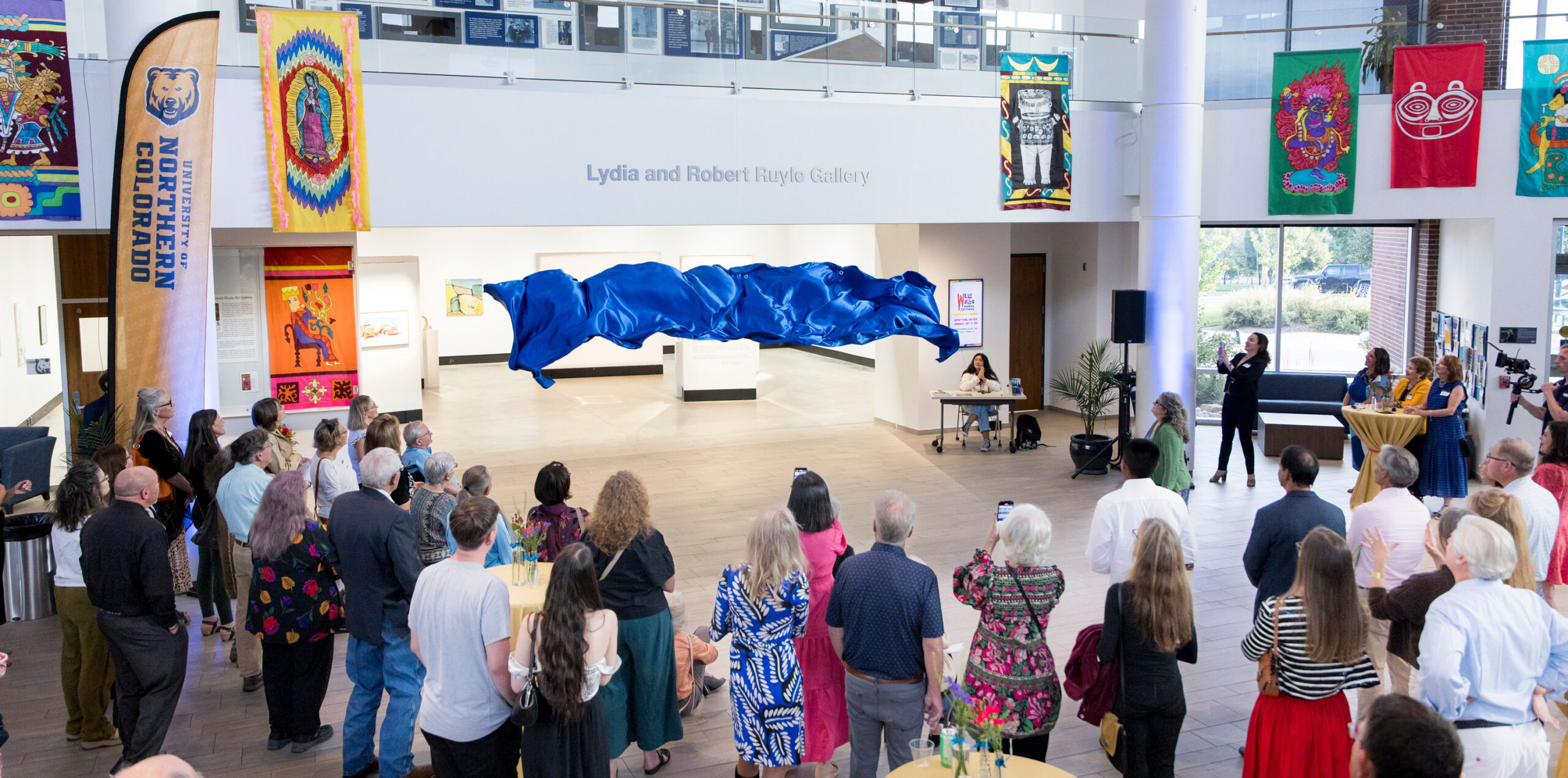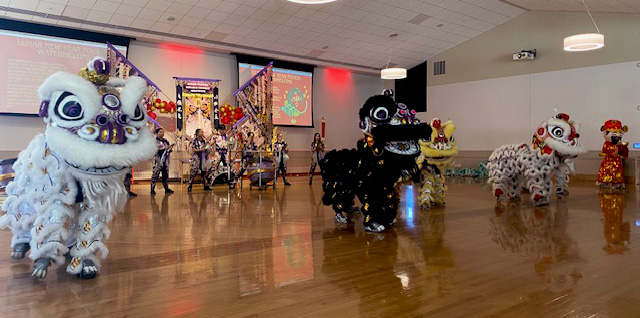
Article
February 28, 2024
Written by Student Writer Zvi Gutierrez
PHOTOS: Lunar New Year
The tradition continued this year on Feb. 17, marking the 17th annual Lunar New Year on campus.
Starting back in 2007, Asian Pacific American Student Services (APASS) at the University of Northern Colorado started hosting the Lunar New Year Celebration. That tradition continued this year on Feb. 17, marking the 17th annual Lunar New Year on campus at the University Center.
According to Forbes, Lunar New Year is the beginning of a new year based on the lunar calendar or lunisolar calendars that incorporate both the lunar and solar calendar. It is also a multicultural celebration of the incoming spring and crops displayed through performances, food, crafts and other activities to cultivate luck and fortune throughout the new year. It can also be called the Chinese New Year for select countries depending on traditions they practice and the calendar they follow. However, the celebration in China is called the Spring Festival. Lunar New Year is more widely used since it encompasses more countries, cultures and identities.
“Especially in areas such as America where there are a bunch of different cultures, Lunar New Year is a great way to represent all these cultures across the Asian diaspora that celebrate this new year,” said Olivia Kirkpatrick, event coordinator at APASS and club president of the Asian Student Association. “It brings together families and communities for celebration.”
This year, Lunar New Year was celebrated from Feb. 10 through 17, and it is the year of the Wood Dragon. The Chinese zodiac has 12 different animals: rat, ox, tiger, rabbit, dragon, snake, horse, goat, monkey, rooster, dog and pig, and five different elements that cycle every year: wood, fire, earth, metal and water.
The dragon is the fifth animal in the animal cycle and is related to success, intelligence and honor. Wood is the first in the elemental cycle and represents creativity and vitality. Specifically for this year, the Wood Dragon will foster growth, progress and abundance. The last time the Wood Dragon came around was in 1964.
From TedEd, one enduring myth claims that the animals are in a specific order that follows the outcome of a race a Jade Emperor asked all the animals to participate in to become guardians of the gates of heaven. The elements are also in a certain order as one creates or controls the next.
“In the same way that Western astrology plays into this idea of different personality traits, I think both the animal and the element are seen that way,” said Xen Hesse, a student staff member at APASS. “Your year as an animal is supposed to bring you a lot of prosperity.”
During this year’s Lunar New Year celebration at UNC, there was a children’s carnival that had cultural activities for all ages to participate, as well as food consisting of dumplings, bao buns, longevity noodles, Vietnamese egg rolls and almond cookies from UNC Catering. One of the main attractions of the celebration was the performance of a lion dance from Guiding Mountain Dragon & Lion Dance Association of Denver .
The lion dance is performed in many different countries but is based on a story that originates from China. According to staff members at APASS and nationsonline.org, the story is centered around a beast called Nian (translates to year in Chinese). The story goes that Nian terrorized villagers and their livestock which in turn made the villagers call in a great lion to save them from Nian. The lion is able to scare off the beast, but Nian comes back with the new year. The villagers no longer have the lion to protect them anymore, so they must create their own lion out of red paper and bamboo sticks. The combinations of bright red paper, dancing and loudness of the “lion” scares the beast away.
From this story, the lion dance performance represents the celebration of warding off evil spirits and bringing good luck and fortune into the new year. Each performance can be different based on where people live but have some of the same rituals such as the lion waking up, eating a green vegetable, taking the hong bao (red envelopes) with money from audience members for good luck and then having the lion go back to sleep.
“It’s a symbol of very ancient traditions being brought into our modern day,” Kirkpatrick said.
Similarly, Kirkpatrick hopes the tradition of hosting a Lunar New Year celebration at UNC will also continue for many years to come.

